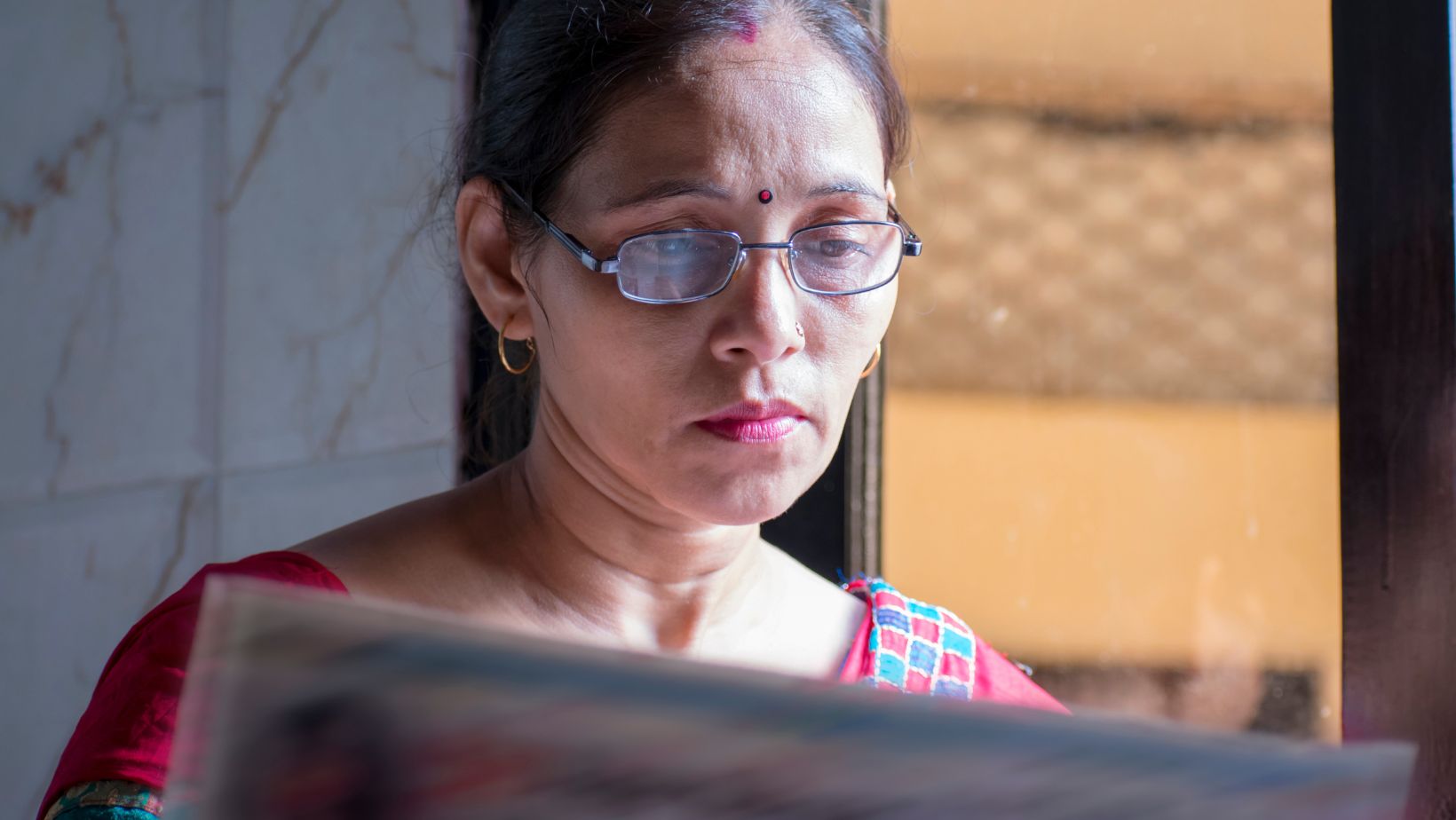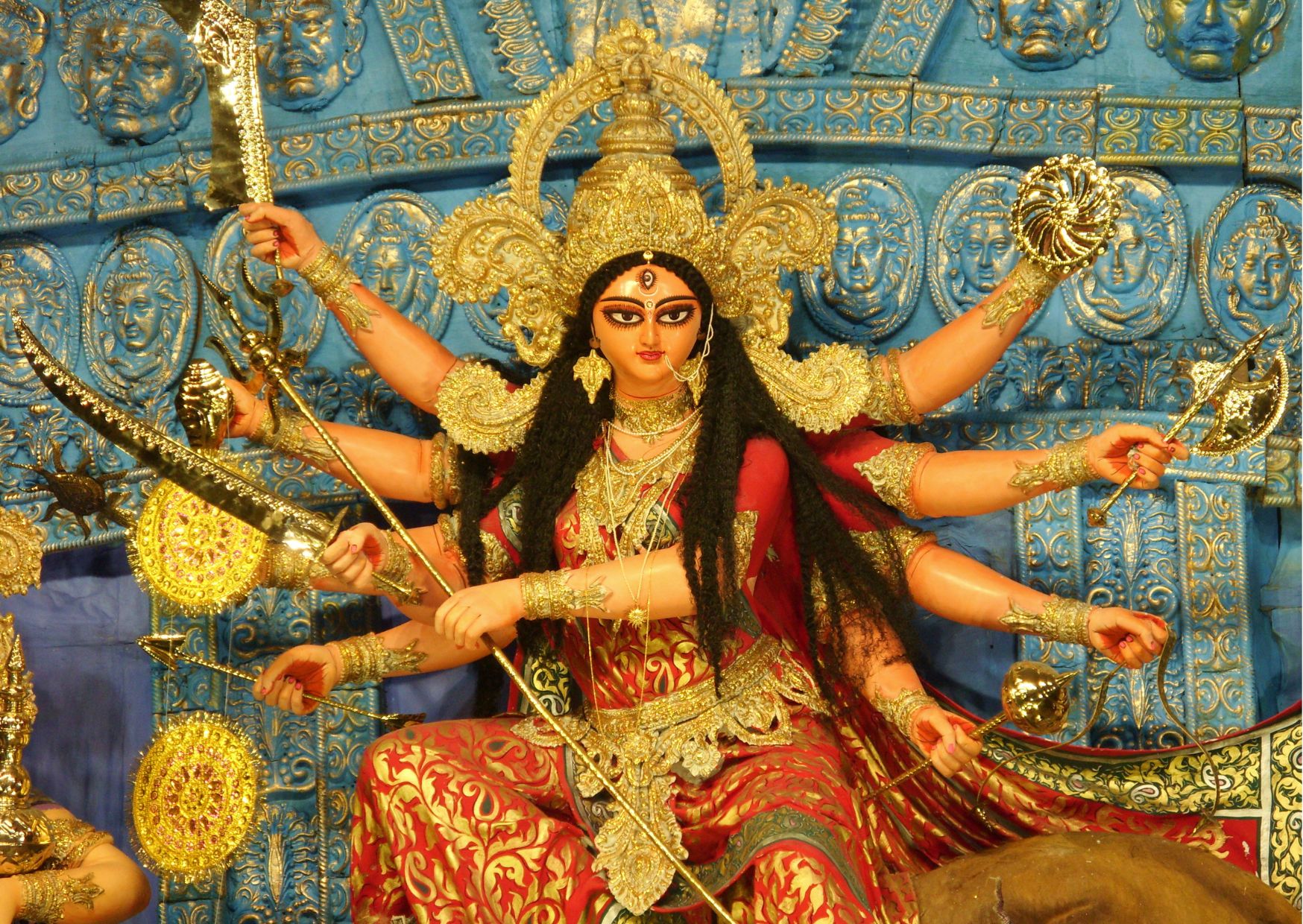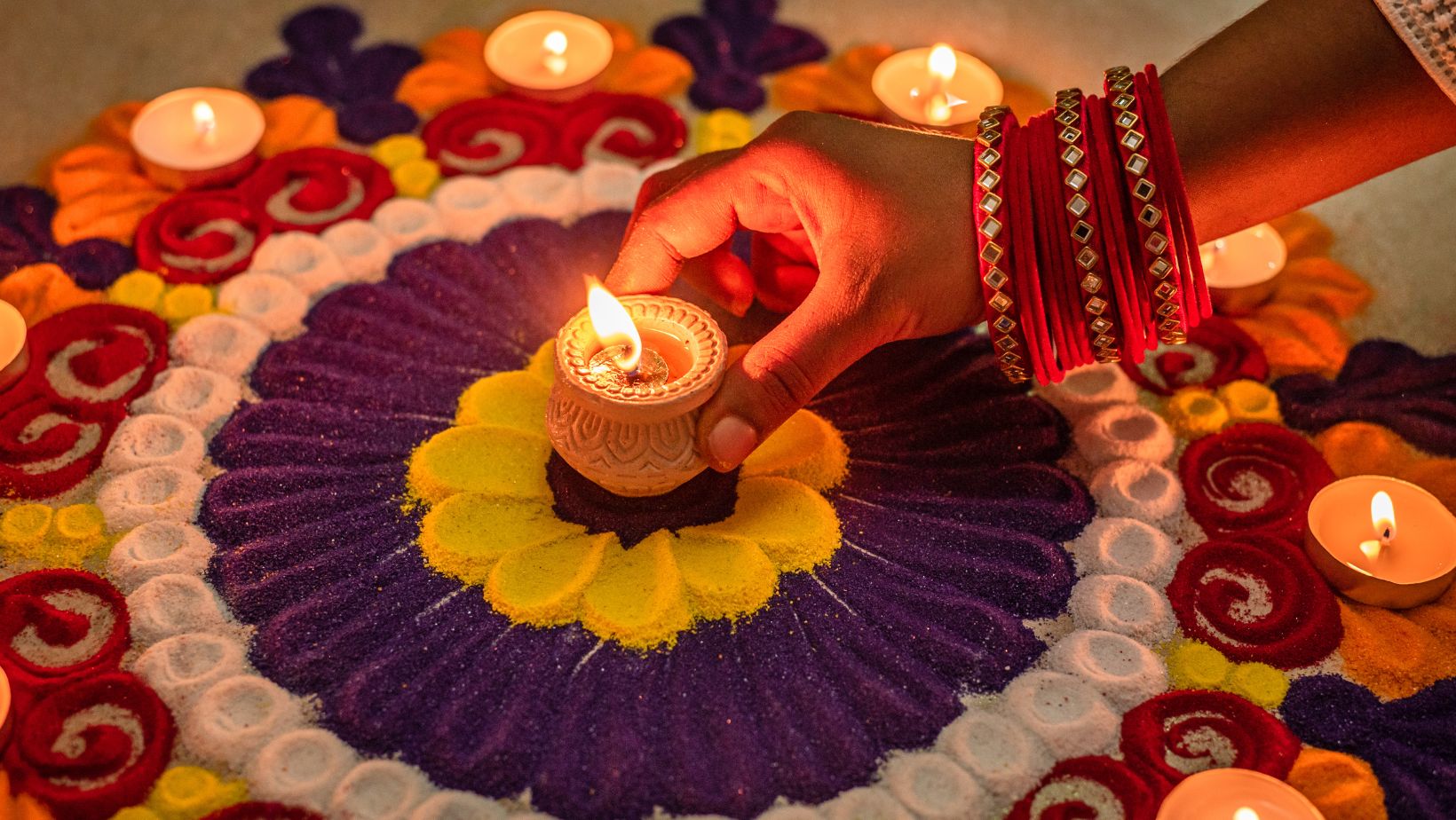Indian languages without their own script: A glimpse into linguistic diversity
Exploring the challenges and efforts to promote literacy in Konkani, Khasi, Meitei, Garo, Bodo, Haryanavi, and Pahari.
Indian languages that do not have their own script
India, a country with a rich linguistic diversity, has over 19,500 languages and dialects spoken across the country. While many of these languages have their own scripts, there are also some Indian languages that do not have their own scripts. In this article, we will explore some of the Indian languages that do not have their own scripts.
Konkani: Konkani is spoken in the Western coast of India, primarily in the states of Goa, Karnataka, and Maharashtra. Historically, Konkani was written in the Devanagari, Kannada, and Roman scripts, but it does not have its own unique script.
Khasi: Khasi is a language spoken in the northeastern state of Meghalaya. Khasi has traditionally been an oral language, and while it has been written using the Roman script, efforts are being made to develop a unique script for the language.
Meitei: Meitei is a language spoken in the northeastern state of Manipur. Meitei has traditionally been written in the Meitei Mayek script, but with the adoption of the Bengali script during the colonial period, the use of the Meitei Mayek script declined. Efforts are now being made to revive the use of the Meitei Mayek script.
Garo: Garo is a language spoken in the northeastern states of Meghalaya and Assam. Garo has traditionally been an oral language, and while it has been written using the Roman script, efforts are being made to develop a unique script for the language.
Bodo: Bodo is a language spoken in the northeastern states of Assam, West Bengal, and Meghalaya. Bodo has traditionally been an oral language, and while it has been written using the Roman script, efforts are being made to develop a unique script for the language.
Haryanavi: Haryanvi, also referred to as Bangru, is primarily used in the northern Indian state of Haryana. It is classified as a part of the Western Hindi dialect group, which also encompasses Khariboli and Braj. The script most commonly used to write Haryanvi is Devanagari.
Pahari: Pahari, also known as Mahasui, Kiūnthali, Pahari or Himachali, is spoken in the northern regions of India, predominantly in the Shimla and Solan districts of Himachal Pradesh, and also in the Uttarkashi district of Uttarakhand state. The language has approximately 1 million speakers as of 2002. The language has two primary dialects: Lower Mahasu Pahari and Upper Mahasu Pahari. Mahasu Pahari has historically been written in a version of the Takri script called Kōchi. However, it is currently written using the Devanagari script. The language is still used to a limited extent in newspapers and on the radio.
India has rich linguistic diversity, and while many of its languages have their own unique scripts, there are also some languages that do not. Efforts are being made to help preserve their linguistic heritage and promote literacy in these languages.



